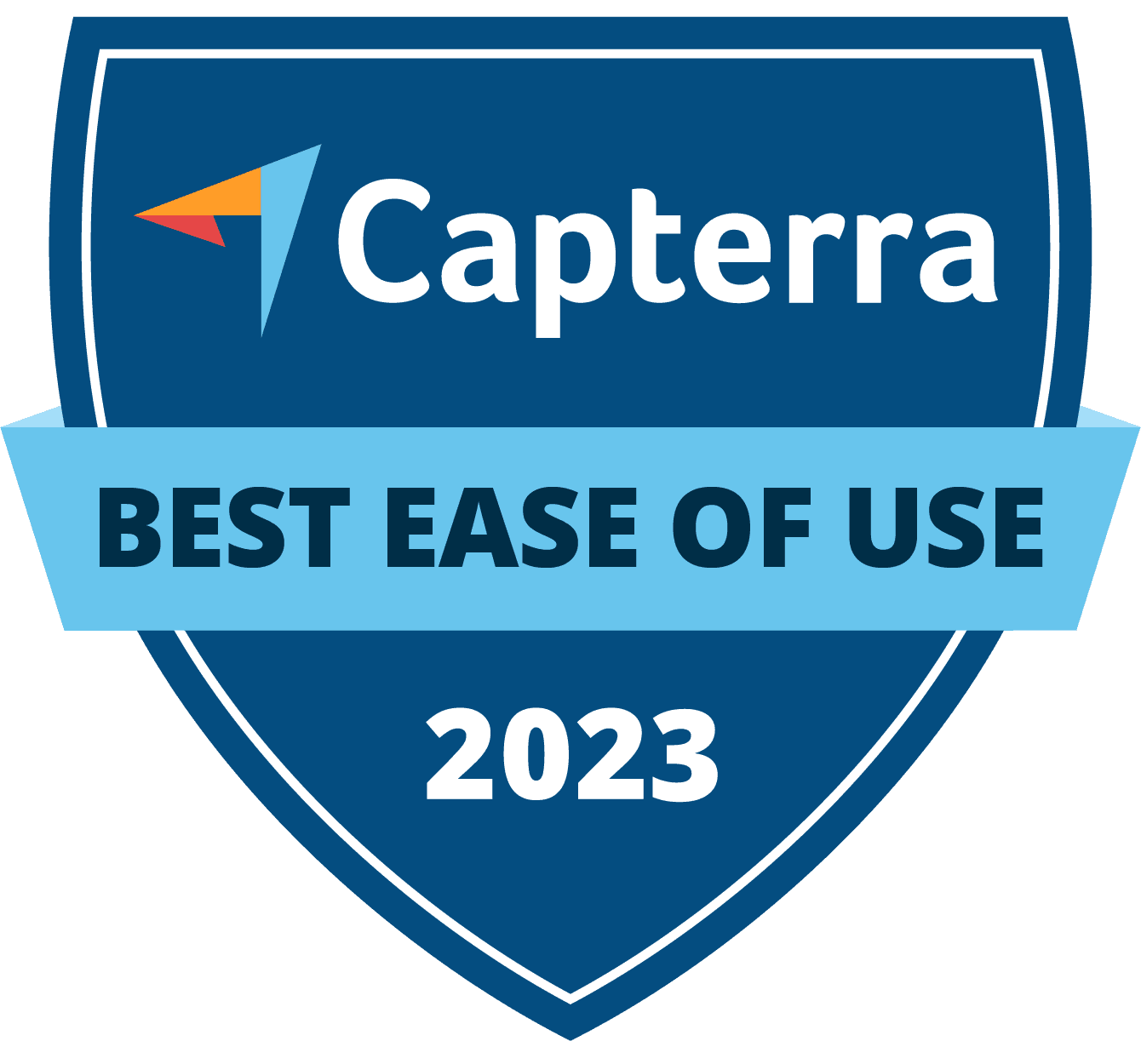Published on Dec 29, 2023 by [email protected]

With complicated contractual relationships and a constantly changing regulatory landscape, the role of technology in ensuring contract compliance and regulatory adherence has become increasingly critical. The use of Artificial Intelligence (AI) Contract Lifecycle Management (CLM) tools has emerged as a viable option for enterprises of all sizes to manage their contract lifecycles and deal with the numerous regulatory and compliance requirements attached to their different contracts. This article talks about the challenges enterprises face in their contract compliance management and the role of AI in contract compliance monitoring.
Need for Contract Compliance Monitoring
Contract compliance monitoring involves the process of constant tracking and verification of the contractual liabilities of an enterprise and other parties to a contract to ensure that all parties to the contract adhere to the decided terms and conditions. This process helps an enterprise in mitigating risks associated with non-compliance, legal disputes, and regulatory penalties. It allows an enterprise to fulfil its contractual commitments while maintaining transparency and accountability between all stakeholders, such as vendors, service providers, licensees, etc.
As enterprises operate in an increasingly globalised world, their contract compliance monitoring needs often include cross-border regulatory requirements. Executing this can be a challenge, especially when an enterprise needs to consider an array of additional challenges associated with the process.
Challenges in Enterprise Contract Compliance Management
From the complex requirements of different regulatory regimes to large volumes of contracts, enterprises must deal with myriad obstacles to handle their contractual liabilities and mitigate associated risks effectively. Here are some of the most common challenges enterprises face in contract compliance management and monitoring:
Different Regulatory Landscapes
Enterprises often operate in multiple jurisdictions, each with its own set of regulations. Operating under different regulations can make it more complex for an enterprise to manage its contract compliance. When done manually, an enterprise must check each of its contracts and ensure that all of its contracts are in line with the specific legal requirements of each region.
Regulatory Changes
The regulations of different countries are subject to continuous changes and updates. Staying updated with these changes and ensuring that the contracts remain compliant can be a challenge for an enterprise, which would require constant monitoring to avoid non-compliance issues.
Bulk Contract Management
Large enterprises often deal with a high volume of contracts across various departments and business units. Managing this bulk of contracts can be challenging, leading to compliance oversights and difficulties in tracking and monitoring compliance obligations.
Types of Contracts
An enterprise generally deals in a variety of contracts, including vendor agreements, licensing agreements, service level agreements, employment contracts, etc. The different nature of these contracts adds more challenges in managing different contract compliance requirements, as each type may have unique regulatory considerations.
Paper-Based Manual System
Many enterprises still rely on paper-based or manual contract management systems, and such outdated processes can result in inefficiencies, making it challenging to track and monitor compliance obligations in a timely manner.
Data Silos
Data silos caused by different departments in an enterprise can also prevent the free flow of information. Lack of integration between contract management and other enterprise systems further increases the challenges relating to contract compliance monitoring in an enterprise.
Limited Monitoring Capabilities
Small enterprises often struggle with limited visibility into contract performance and compliance status due to their small scale of legal operations. Inadequate monitoring systems can lead to oversights in identifying non-compliance issues, increasing the risk of contractual breaches.
Decentralised Management
In large enterprises, contract management responsibilities are often divided across departments. This decentralised approach can result in inconsistent practices and difficulties in maintaining a centralised view of the enterprise’s compliance function.
Identification of Risks
Enterprises also face challenges in identifying and mitigating risks associated with non-compliance in a timely manner. Poor mitigation strategies and monitoring systems may result in legal disputes, financial penalties, and reputational damage.
Integration with Existing Systems
Integrating new contract management technologies with existing enterprise systems can be complex, especially for a small enterprise. Ensuring seamless integration and data interoperability across platforms is crucial for the success of contract compliance monitoring and management.
Therefore, a large number of enterprises have been shifting towards integrating emerging technologies such as artificial intelligence (AI) and blockchain into their contract compliance process. AI-driven analytics can enhance predictive capabilities, while blockchain technology offers immutable and transparent record-keeping, further strengthening compliance efforts.
Application of AI in Contract Compliance Monitoring
The application of AI in contract compliance monitoring and management transforms how enterprises maintain, track and fulfil their contractual liabilities, understand the different regulatory implications, and ensure internal and external contract compliance. The use of AI-based contract management tool has allowed enterprises to do all of these functions under one roof. An enterprise can integrate good CLM software with its existing operations without affecting its ongoing contract compliance functions. Here are some of the key ways in which AI can be used to streamline contract compliance monitoring of an enterprise:
Real-Time Monitoring
An AI CLM tool enables real-time or live monitoring of contracts, ensuring that an enterprise stays updated with any regulatory changes and compliance requirements. By automating the tracking of contractual obligations and deadlines for an enterprise, such a tool reduces the risk of missing any compliance liability and ensures that the enterprise is consistently in compliance with evolving contracts and other laws.
Regulatory Updates and Alerts
With AI, a contract management tool can automatically interpret and integrate regulatory updates into the contract management process. An enterprise can set timely alerts and notifications regarding changes in compliance requirements, enabling it to track global changes in legal and regulatory frameworks and proactively implement new regulations into its operations and contracts without manual intervention.
Non-Compliance Monitoring
Machine learning algorithms embedded in a good contract lifecycle management tool can identify patterns and red flags within contracts that may signal non-compliance. This way, an enterprise can detect potential compliance issues before they escalate into litigation and mitigate the risks associated with regulatory violations.
Risk Landscape Tracking
An AI-powered Contract Lifecycle Management (CLM) tool uses data analytics to create a holistic view of an enterprise’s risk landscape. It generates visual heat maps that highlight areas that could potentially lead to non-compliance, enabling decision-makers to make informed decisions and allocate resources strategically. This way, a CLM tool can help an enterprise prioritise its efforts to address high-risk contracts.
Meta Data Extraction and Analysis
AI Contract Lifecycle Management (CLM) systems are highly effective in extracting and analysing contract metadata. They can quickly and accurately extract critical information from contracts, ensuring that an enterprise has the necessary data for regulatory reporting, which not only simplifies the reporting process but also minimises the risk of errors that arise from manual data extraction.
Customisable Reporting Templates
AI CLM tools offer personalised reporting templates that contract managers can modify as per their internal and external reporting requirements. Enterprises can generate reports based on the needs of regulatory bodies, with different tabs of information, charts and tables to choose from.
Standardised Contract Templates
The use of AI-powered Contract Lifecycle Management systems has been proven to play a significant role in standardising contract language and thereby simplifying contract compliance monitoring for enterprises. Through automated contract creation with pre-approved language, an enterprise can mitigate the risk of unwanted variations from the regulatory requirements laid down in their agreements. The use of such technology ensures that contracts are consistently compliant and adhere to regulatory guidelines, thus mitigating the risk of potential legal ramifications.
Conclusion
The integration of an AI contract lifecycle management tool such as LegisTrak into contract compliance monitoring processes can be a significant shift in how enterprise manage their contractual liabilities and track compliance. Tools like LegisTrak offer a comprehensive suite of contract and regulatory compliance functions such as real-time monitoring, risk mitigation, streamlined regulatory reporting and scalable solutions. As AI technology continues to develop in the legal industry, the role of AI in regulatory and contract compliance monitoring and management is not going to be merely limited as a tool for efficiency. Rather, it is expected that contract management tools will serve as strategic solutions for enterprises to manage each and every stage of their contract lifecycle efficiently and more cost-effectively.





















_HighPerformer_HighPerformer.73d398a0.png&w=1920&q=75)



